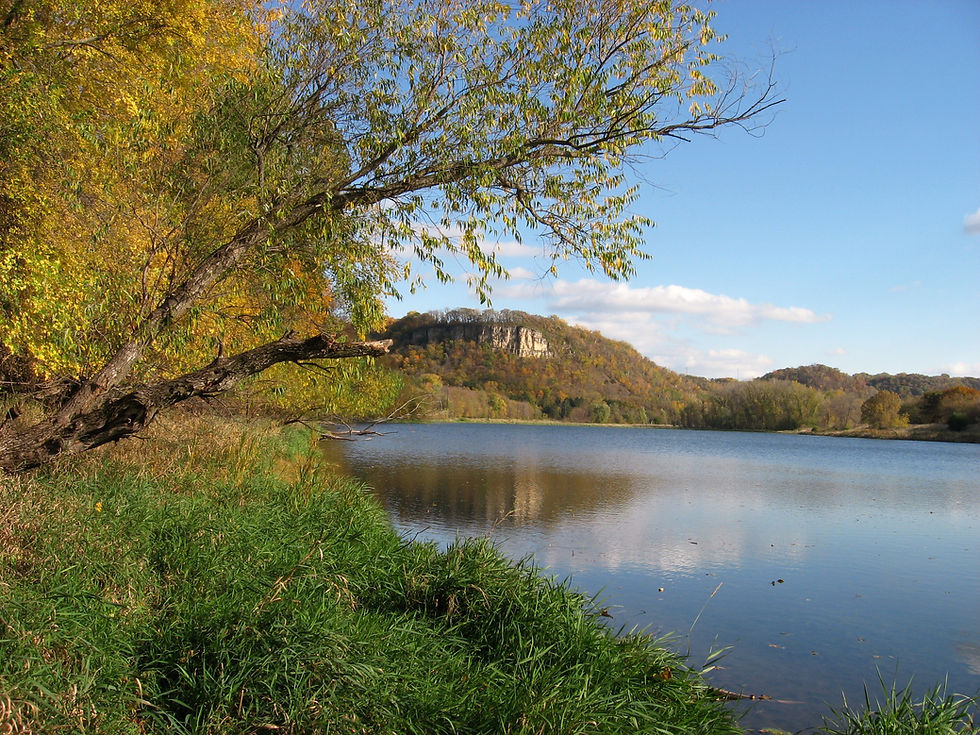Nature's Edibles
- Bruce Ause
- Oct 7, 2017
- 2 min read

Raspberries
Despite the fact that earlier in the summer iridescent copper and green colored Japanese beetles nearly defoliated my raspberry patch, the past couple weeks I have experienced a bumper crop of berries. One begins to wonder if this is a natural survival tactic to ensure it's continued existence.

Yellowjackets
Taking advantage of all the raspberries have been high numbers of yellowjacket wasps. The primary diet of these adult wasps consists of items rich in sugars such as fruits, flower nectar and tree sap. So far, I have been on the receiving end of their painful stings only once. Once was enough to get my attention. Chel Anderson a naturalist for the Minnesota DNR feels that the increase in yellowjacket aggressive behavior this fall is a result of the above normal rainfall washing away nectar on flowers, hence stressing them out.

Elm Mushroom
With the abundant rain we have experienced this summer and early fall, this is the time to get out in the woods and look for edible mushrooms. I discovered one such edible treat on a recent hike, the elm mushroom. These mushrooms are usually solitary with a central stalk bending from it's attachment to the tree.

Wild Rose Hips
On another recent hike, I came across a number of colorful rose hips. These fruits are particularly high in vitamin C and can be used in making herbal teas, jam, jelly and syrup. During World War II, rose rips were consumed when there were shortages of citrus to help prevent scurvy.

American Robin
On September 15th, we observed a flock of young cedar waxwings come into our yard and feast on ripe orange berries on our mountain ash. Interestingly enough, they only consumed berries on the upper portion of the tree. The lower ones evidently were not ripe yet. Then on September 29th, a flock of robins consumed the remaining berries in just a few minutes.

Downy Woodpecker Feathers
There is a very steep learning curve for young song birds that recently hatched. It is estimated that only one in four birds that fledge will be alive after one year. Among the many challenges facing these young birds are predators such as sharp-shinned and Cooper's hawks.

Cooper's Hawk
Cooper's hawks are common in Wacouta and are frequently observed checking out bird activity at the winter feeders. They are among the world's most skillful fliers, pursuing small birds through our wooded area.

Vultures Soaring
As of today October 6th, I am still observing numerous turkey vultures soaring high overhead. They will soon be leaving for their wintering grounds in the southern Untied States and South America.

Turkey Vulture
With the arrival of much lower morning temperatures, turkey vultures hang out in their roost trees until later. It isn't until mid-morning before the air warms up enough to create thermals helping them soar for hours.




Comments